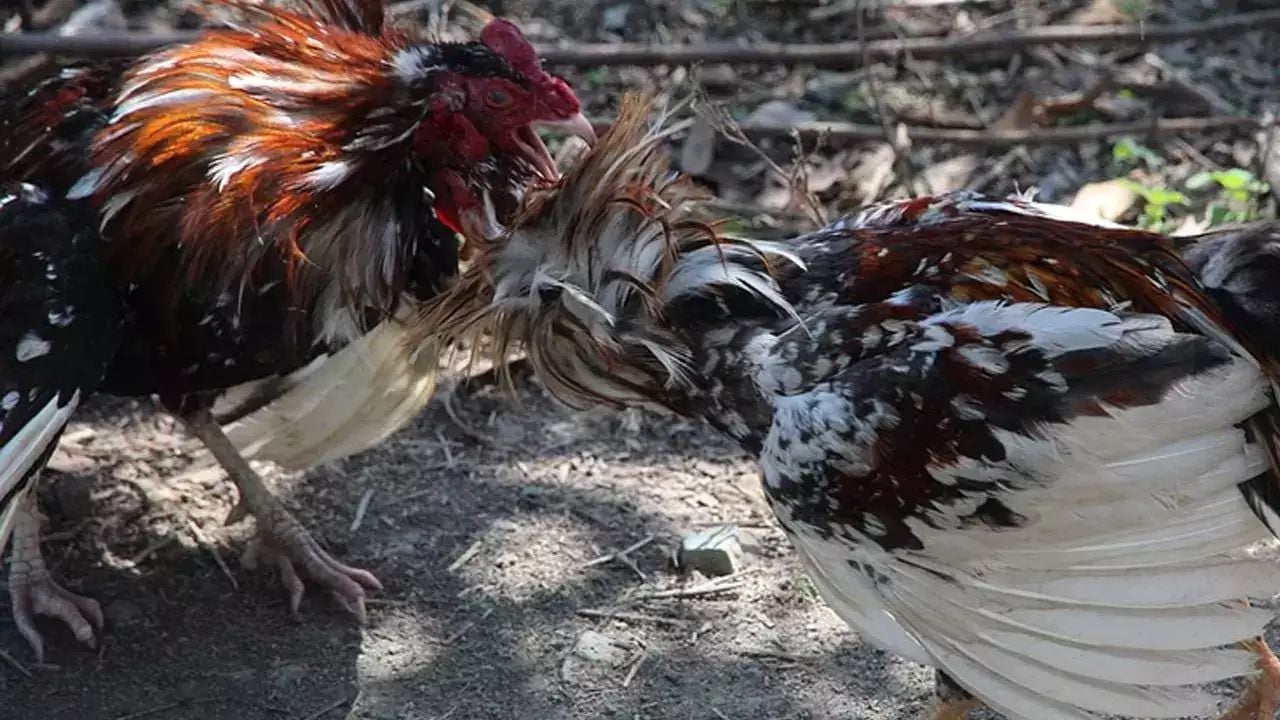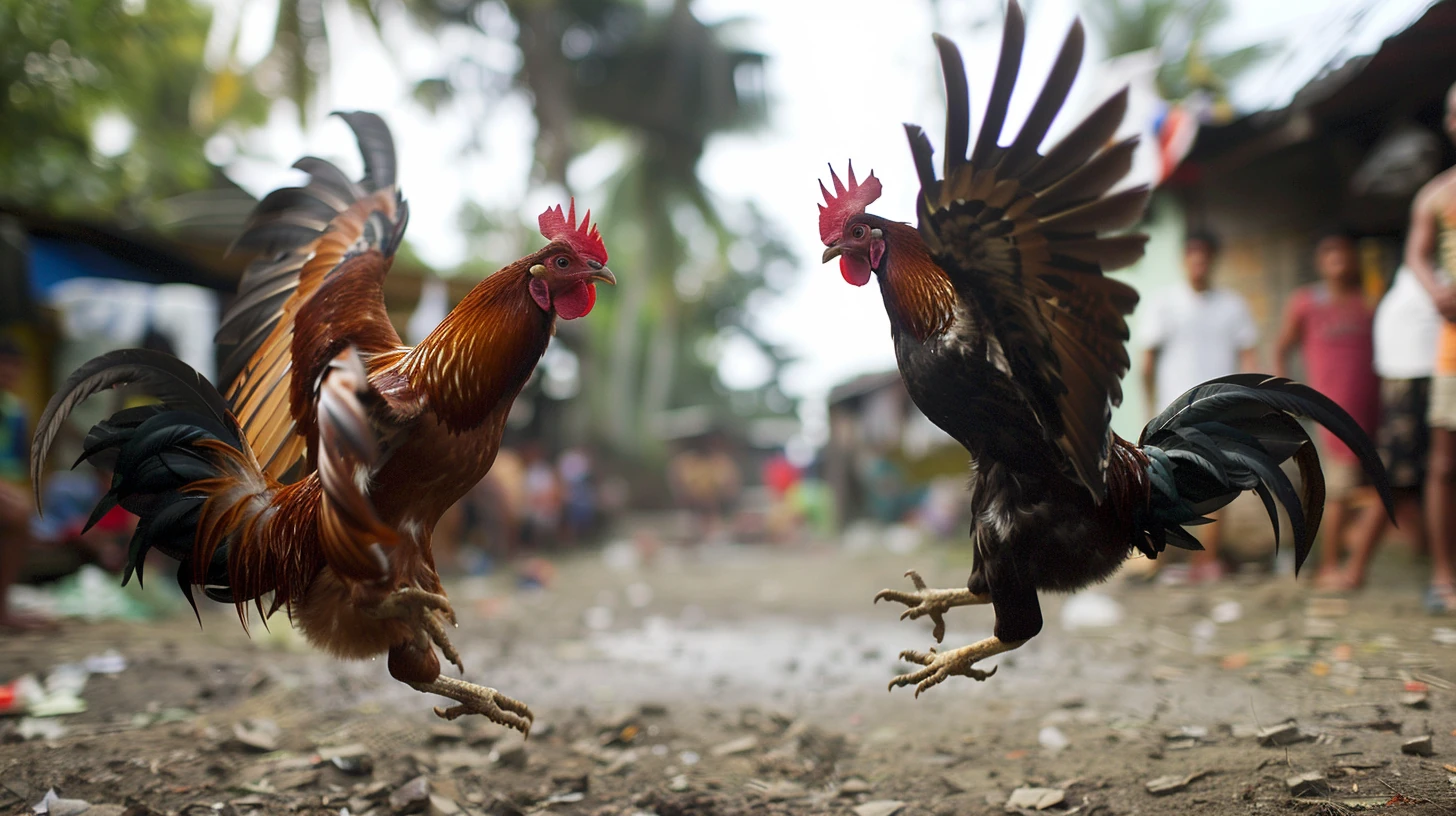The Journey of a Sabong Grandmaster: From Newbie to Champion
The Journey of a Sabong Grandmaster: From Newbie to Champion
Blog Article
Secrets of the Sabong Grandmaster: Understanding the Art of Cockfighting
The elaborate globe of cockfighting, particularly as exercised by the Sabong Grandmaster, provides a fascinating research study in the assemblage of animal habits, training methodologies, and competitive approach. To truly comprehend the subtleties of this art form, one need to discover how the Grandmaster balances the physical and emotional elements of fowl training while browsing the moral considerations intrinsic in this typical practice. What are the critical understandings that divide the phenomenal from the regular in this realm? Recognizing this can redefine one's perspective on the sport and its professionals.
Background of Cockfighting

As the centuries proceeded, cockfighting spread across numerous continents, adjusting to social characteristics and regional customs. In medieval Europe, it gained popularity amongst the nobility, who concerned it as a screen of wide range and condition. By the 17th century, the sporting activity had developed itself in England, resulting in the development of formalized laws and guidelines.
In the Americas, specifically in the Caribbean and the Philippines, cockfighting took on one-of-a-kind characteristics affected by aboriginal methods and early american backgrounds. Today, while the sport continues to be controversial and deals with lawful challenges in numerous areas, its historic importance remains to trigger conversations about animal civil liberties, social heritage, and societal values. The development of cockfighting mirrors more comprehensive themes of human interaction with nature and the intricacies of practice.
Recognizing Rooster Behavior
Understanding fowl habits is vital for those included in the sporting activity of cockfighting, as it straight affects health and wellness, efficiency, and training. Roosters display a variety of habits that can suggest their physical and emotional states. Especially, aggressiveness, territoriality, and social power structure play substantial duties in their disposition.
Aggression is a natural instinct in roosters, largely driven by the demand to insist prominence. Observing communications among roosters can reveal their pecking order, which is crucial for managing their setting. A certain fowl shows a more assertive posture, while a passive one might show signs of stress or fear, such as crouching or staying clear of eye call.

Training Techniques for Champions
Reliable training techniques are vital for developing champ fowls that master the affordable arena of cockfighting. A methodical approach guarantees that each bird reaches its complete possibility, combining physical fitness with mental fortitude.
To start, developing more a consistent training program is essential - Sabong Grandmaster. This includes day-to-day workouts that enhance stamina, dexterity, and endurance. Regimens may involve controlled competing sessions with both real-time and synthetic challengers to simulate competition, enabling fowls to sharpen their fighting skills in a risk-free atmosphere
Including dexterity drills, such as obstacle courses and jumping exercises, substantially boosts a fowl's physical capacities. Additionally, introducing varied surface areas and surfaces can boost their flexibility throughout battles.
Psychological training should not be overlooked. Familiarizing the birds with the sounds and sights of a competitive environment can decrease tension and stress and anxiety on fight day. Favorable support methods, such as gratifying preferable behaviors, can instill self-confidence in the fowls.
Last but not least, preserving a calmness and assertive presence during training sessions cultivates trust fund in between the rooster and the trainer, necessary for attaining ideal performance. With each other, these strategies develop an extensive training regimen that grows champs ready to excel in the field.
Health And Wellness and Nourishment Basics

Integrating a mix of corn, barley, and wheat supplies needed carbs, while healthy protein resources such as fish dish, soybean dish, or pests sustain muscle development and recovery. Additionally, integrating fresh vegetables and fruits can improve the general nutritional profile, providing antioxidants that increase the immune system.
Hydration is similarly essential. Access to clean, fresh water should be a top priority, as dehydration can drastically impact efficiency (Sabong Grandmaster). Normal wellness exams are vital to check for any kind of possible health problems or parasites that might compromise a fowl's problem
Moreover, the timing of feed is important. Supplying nutrients at suitable intervals makes certain that fowls preserve energy degrees throughout their training and healing stages. By concentrating on these health and nourishment basics, sabong fanatics can help their roosters attain ideal performance in the affordable sector.
Techniques for Effective Matches
Success in cockfighting rest on a Extra resources combination of tactical preparation and in-ring tactics. Efficient suit approaches begin long prior to the fight, with mindful option of the fowl. Breeders need to prioritize genetic qualities such as endurance, strength, and aggressiveness, ensuring that the picked bird demonstrates a solid family tree of efficiency.
Training is important; roosters must be conditioned via a routine that includes workout, sparring with other birds, and direct exposure to different atmospheres. This prep work not only builds toughness however also improves the bird's flexibility to different challengers.
Throughout the match, a trainer must use keen observation and quick decision-making. Recognizing the challenger's techniques enables prompt adjustments, such as moving the fowl's stance or urging click reference a lot more hostile actions. When to urge or restrain the bird can mean the distinction between success and defeat., timing is crucial; understanding.
Last but not least, keeping a tranquil disposition during matches promotes confidence in the rooster. A well balanced strategy, incorporating both mental and physical preparedness, ultimately brings about effective end results in the arena, showing that proficiency in cockfighting is as much concerning strategy as it has to do with the birds themselves.
Verdict
The mastery of cockfighting, as exemplified by the Sabong Grandmaster, hinges on a thorough understanding of fowl behavior, reliable training techniques, and ideal wellness and nourishment. Inevitably, the secrets of the Sabong Grandmaster lie in the harmonious equilibrium of these components, making sure the continued legacy of this ancient sporting activity.
To truly realize the subtleties of this art type, one should discover just how the Grandmaster balances the psychological and physical aspects of rooster training while browsing the ethical factors to consider inherent in this traditional method.Understanding rooster habits is necessary for those involved in the sport of cockfighting, as it directly influences efficiency, wellness, and training.Keeping optimal wellness and nourishment is important for ensuring that roosters reach peak performance in the cockfighting field. Offering nutrition at ideal intervals guarantees that roosters maintain power levels throughout their training and healing phases.The proficiency of cockfighting, as exhibited by the Sabong Grandmaster, pivots on a thorough understanding of fowl habits, reliable training methods, and optimal wellness and nutrition.
Report this page